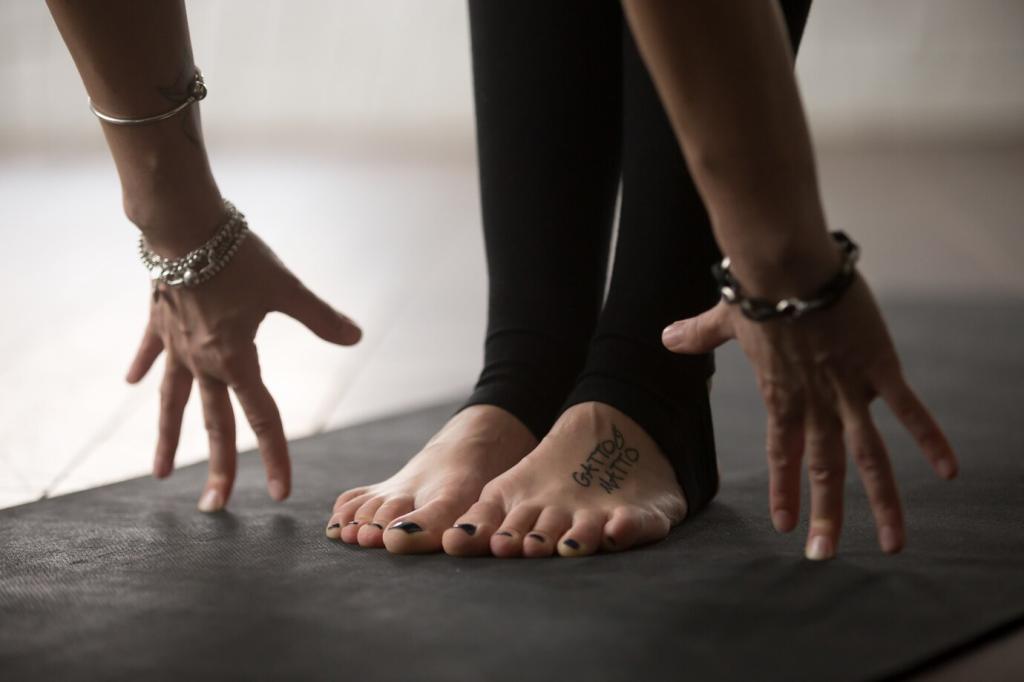
Flow Further: Yoga for Flexibility Improvement in Hiking
Chosen theme: Yoga for Flexibility Improvement in Hiking. Step into smoother switchbacks, kinder knees, and a longer stride with trail-smart yoga that keeps your body supple, resilient, and ready for every summit.
Hips and Ankles: The Hidden Engines of a Confident Stride
Tight hips shorten your step and steal power on ascents, while stiff ankles make rocks feel taller and descents harsher. Yoga opens these crucial joints, smoothing your gait and reducing compensations that can irritate knees over long miles.
Lower-Back Relief When the Pack Gets Heavy
Long climbs with a loaded pack can trap tension through the lumbar spine. Hip flexor and hamstring releases from yoga offload the back, helping you stand taller, breathe easier, and keep posture steady through endless switchbacks.
Science Snapshot: Range of Motion and Injury Risk
Increased range of motion helps muscles absorb impact and adapt to uneven surfaces. Consistent yoga improves tissue extensibility and neuromuscular control, which together lower strain on joints and reduce overuse discomfort during multi-hour hikes.
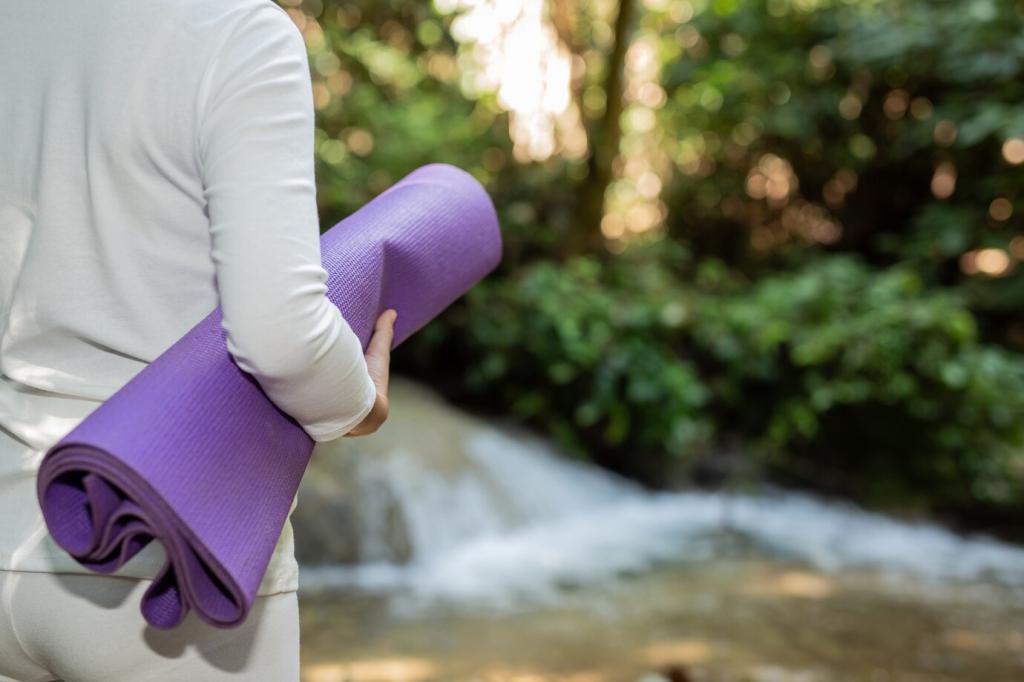
Use shortened Sun Salutations with subtle lunges, ankle rolls, and shoulder slides. Keep movements lively rather than deep to warm connective tissue, bring circulation to calves and hips, and align breath with a calm hiking pace.
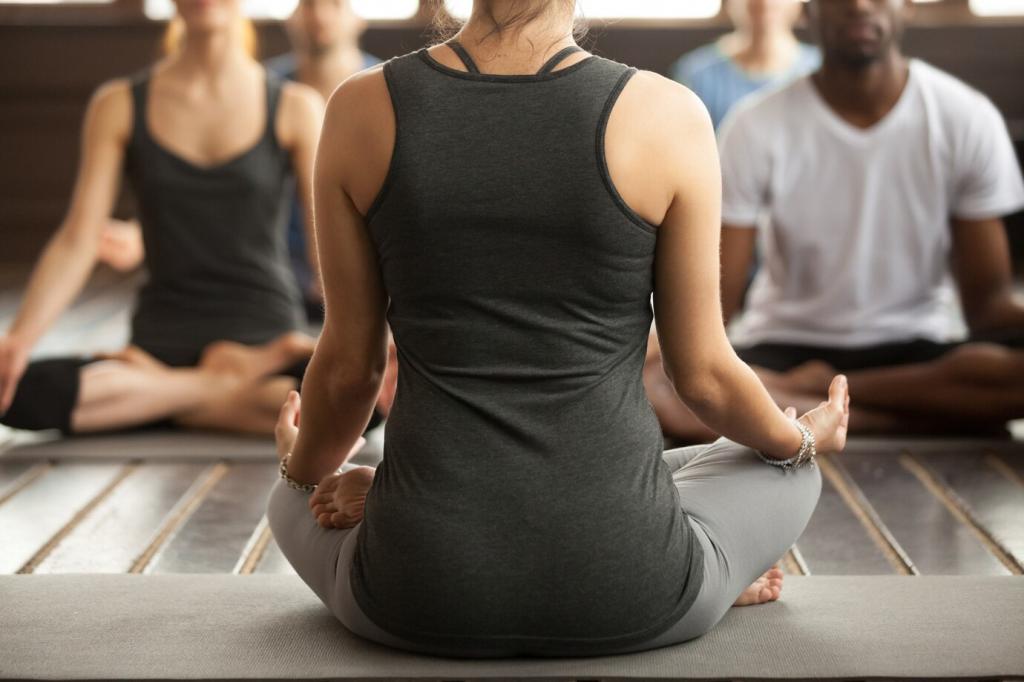
Perform knee-to-wall rocks, toe lifts, and gentle heel drops on a curb or rock. These small but focused drills improve dorsiflexion, making steep steps feel smoother and stabilizing your landing on gravelly or rooty ground.

Practice three rounds of slow nasal inhales and longer exhales while moving through low lunges. This calms pre-hike jitters, steadies heart rate, and sets a sustainable rhythm before the climb truly begins.
Hamstrings and Calves That Actually Let You Walk Tomorrow
Try a supported forward fold with a strap around your feet, followed by calf stretches against a tree. Hold each side for at least forty-five seconds to gently lengthen tissue and reduce next-day tightness.
Twists to Unwind a Trail-Tired Spine
Lie down and take a reclined twist with your knees supported by a jacket. The gentle spiral eases the mid-back after hours under a pack, encouraging broader breaths and easier recovery sleep.
Legs Up the Wall for Fast Relief
Elevate your legs against a boulder or cabin wall for five minutes. This restorative shape aids venous return, calms the nervous system, and lets calves decompress after pounding descents and long, stony traverses.

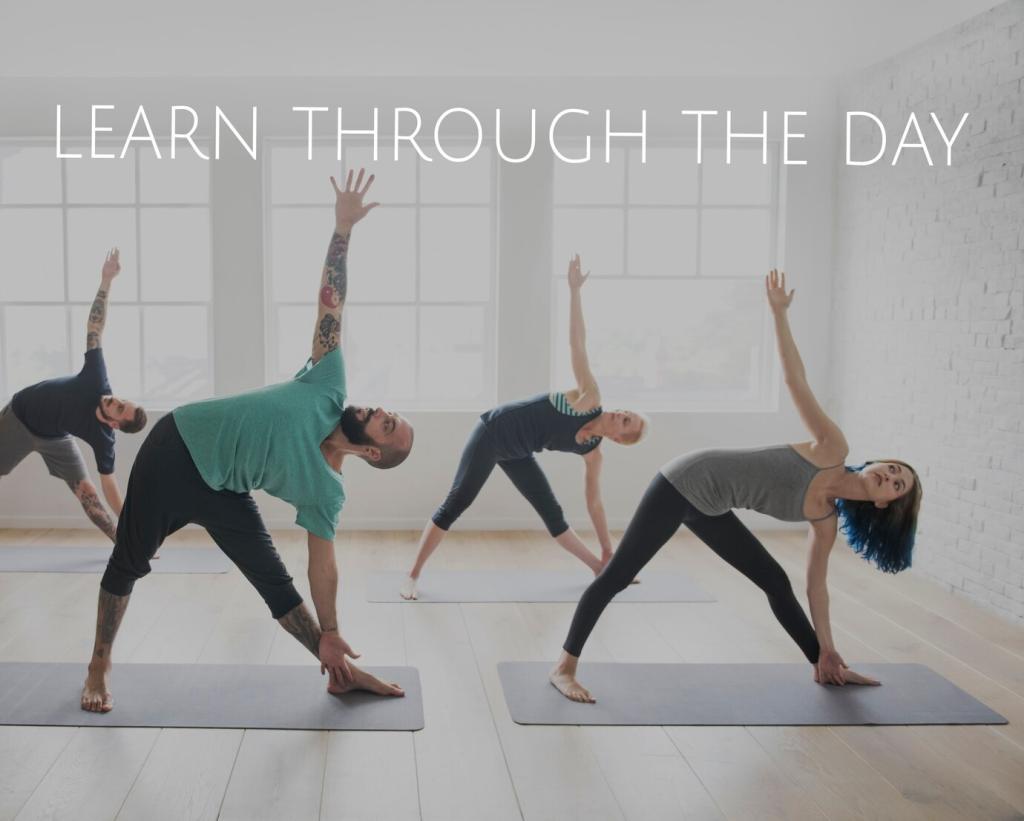
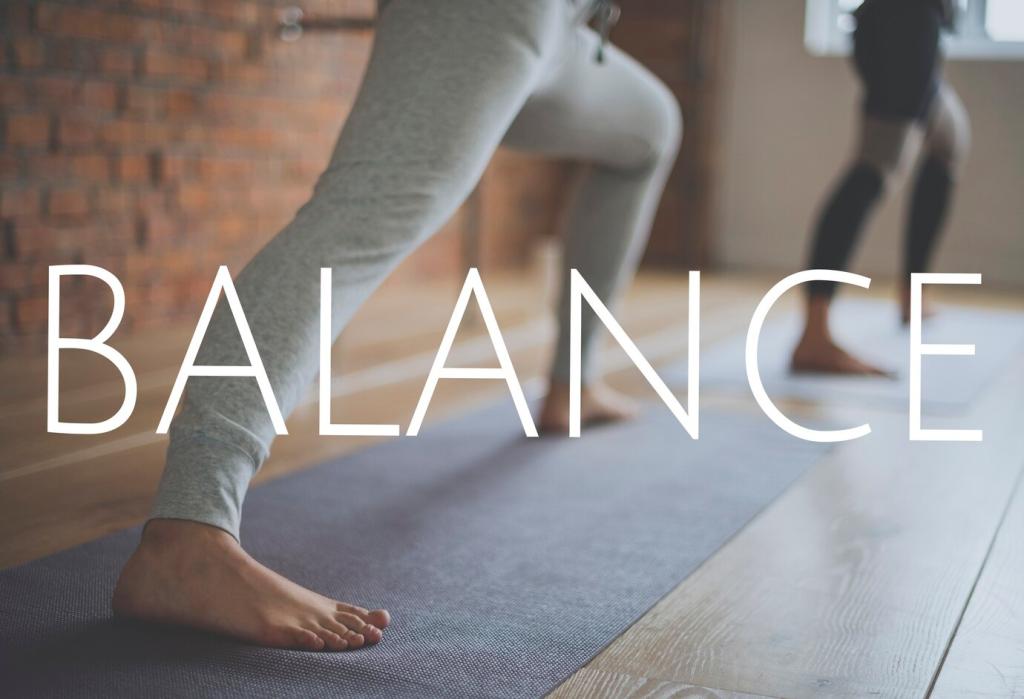
Make Yoga Work Outdoors: Simple, Lightweight Options
Use a folded groundsheet, sit pad, or your tent footprint for kneeling poses. If surfaces are slick, choose standing flows that need less friction, focusing on balance, breath, and gentle dynamic ranges.
Make Yoga Work Outdoors: Simple, Lightweight Options
Poles double as props for balance in standing quad stretches, low lunges, and single-leg hinge drills. They reduce wobble while you explore better range, helping your nervous system trust new positions safely.
Trail Stories: Real Hikers, Real Flexibility Wins
Maya added short hip opener flows before weekend hikes. By week four, she noticed fewer back twinges and more stable footing on dusty switchbacks, crediting ankle drills and gentle lunges for the calm, confident stride.
Build Your Flexible Hiker Plan
A Week That Fits Real Life
Try three eight-minute warm-ups and two twelve-minute recoveries each week. Keep one micro-session on rest days for hips and ankles to maintain progress, even when weather or schedules get complicated.
Track What Your Body Tells You
Log which poses make steep grades feel easier and which reduce post-hike tightness. Adjust your routine around those wins, and share your notes with our community so others can test your discoveries.
Stay Connected and Keep Growing
Subscribe for trail-ready sequences, comment with your favorite recovery pose, and ask questions about stubborn tight spots. Your feedback guides new posts tailored to hiking goals and real-world trail challenges.
